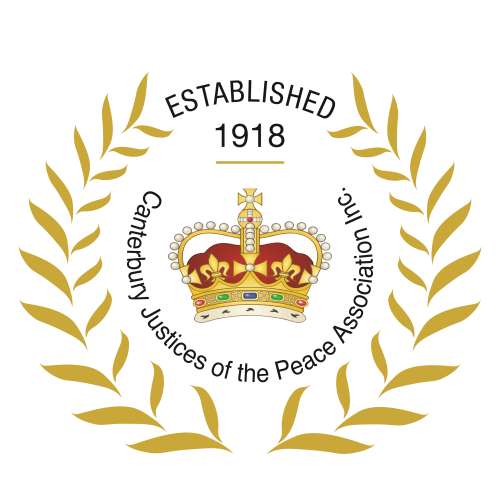
New Zealand's Coat of Arms
Photo by Adrienne Sears
New Zealand's Coat of Arms
The initial coat of arms was granted by warrant of King George V on 26 August 1911, and the current version was granted by Queen Elizabeth II in 1956.
While the use of the coat of arms is restricted to the New Zealand Government, the symbol enjoys wide use on state decorations, and appears on the cover of the national passport.
The coat of arms depicts a shield with four quadrants divided by a central "pale":
- The first quadrant depicts the four stars on the national flag, representing the asterism within the constellation of Crux; the second quadrant depicts a golden fleece, representing the nation's farming industry; the third depicts a sheaf of wheat for agriculture; and the fourth quadrant depicts crossed hammers for mining.
- The pale depicts three ships, representing the importance of sea trade, and the immigrant nature of all New Zealanders.
- The dexter supporter is a European woman carrying the flag of New Zealand, while the sinister supporter is a Māori rangatira (chief) holding a taiaha (fighting weapon) and wearing a kaitaka (flax cloak).
- The female figure is said to be a depiction of Zealandia, a common national personification of New Zealand during the first half of the 20th century. It also broadly represents all "non-indigenous citizens of the country".
- The female figure is said to be a depiction of Zealandia, a common national personification of New Zealand during the first half of the 20th century. It also broadly represents all "non-indigenous citizens of the country".
- The shield is surmounted by a rendition of St. Edward's Crown, which has been used in the coronations of New Zealand's monarchs. The Crown also represents New Zealand's historic ties to the United Kingdom.
- Below is a scroll with "New Zealand" on it, behind which (constituting the "heraldic compartment" on which the supporters stand) are two fern branches, representing the native vegetation.
